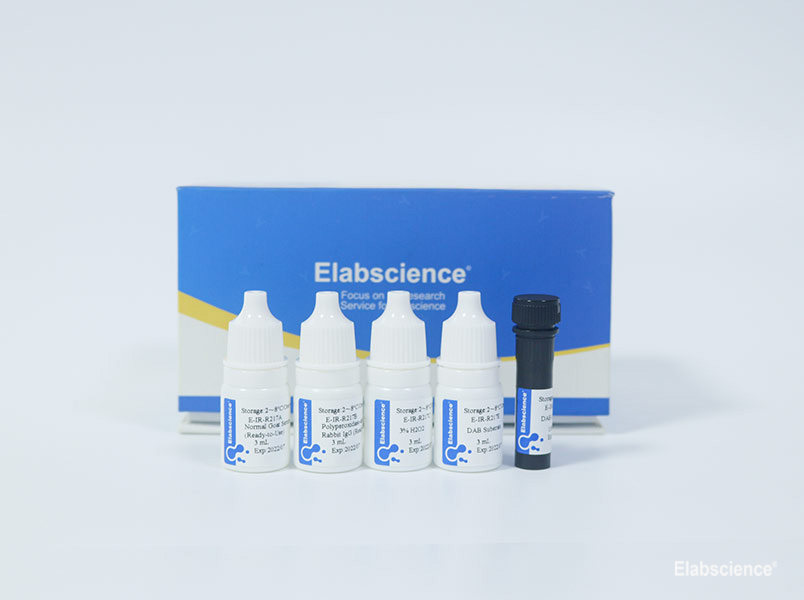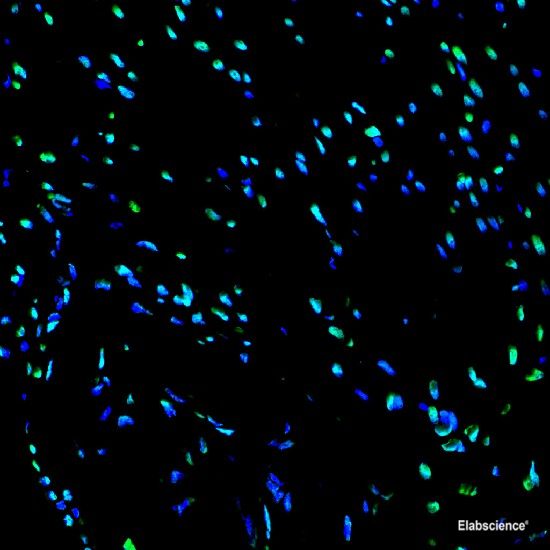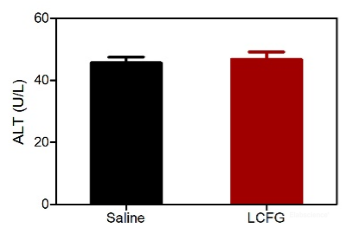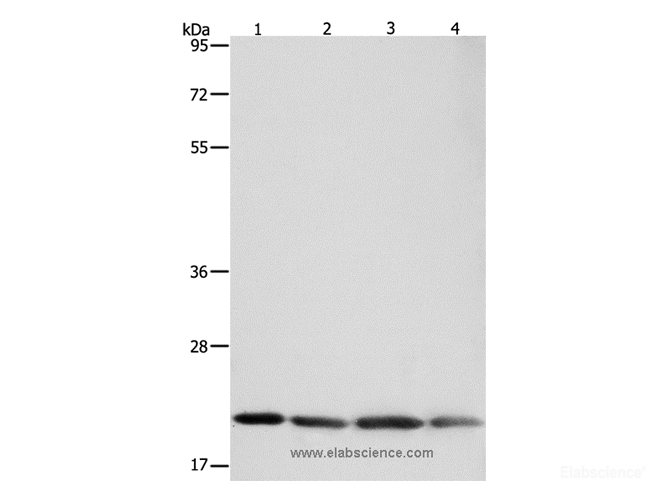Background
Semaphorin-4A, also known as Semaphorin-B, SEMA4A, Sema B and SEMAB, is a single-pass type I membrane protein which belongs to thesemaphorin family. It inhibits axonal extension by providing local signals to specify territories inaccessible for growing axons. Semaphorin-4A contains one Ig-like C2-type domain, one PSI domain and one Sema domain. Defects in SEMA4A are the cause of retinitis pigmentosa type 35 (RP35) which leads to degeneration of retinal photoreceptor cells. Patients typically have night vision blindness and loss of midperipheral visual field. As their condition progresses, they lose their far peripheral visual field and eventually central vision as well. Defects in SEMA4A are also the cause of cone-rod dystrophy type 10 (CORD10) which are inherited retinal dystrophies belonging to the group of pigmentary retinopathies. CORDs are characterized by retinal pigment deposits visible on fundus examination, predominantly in the macular region, and initial loss of cone photoreceptors followed by rod degeneration. Semaphorins are secreted, transmembrane, and GPI-linked proteins, defined by cysteine-rich semaphorin protein domains, that have important roles in a variety of tissues. Semaphorins have been implicated in diverse developmental processes such as axon guidance during nervous system development and regulation of cell migration.







